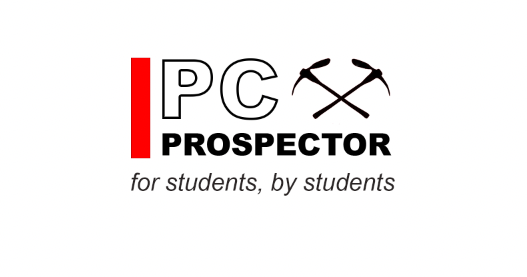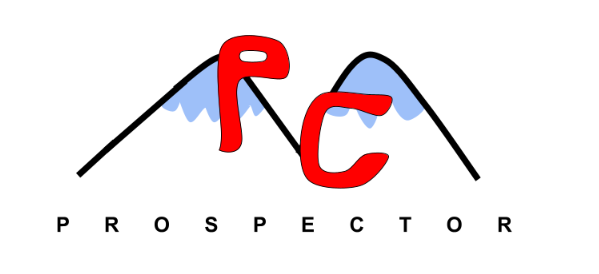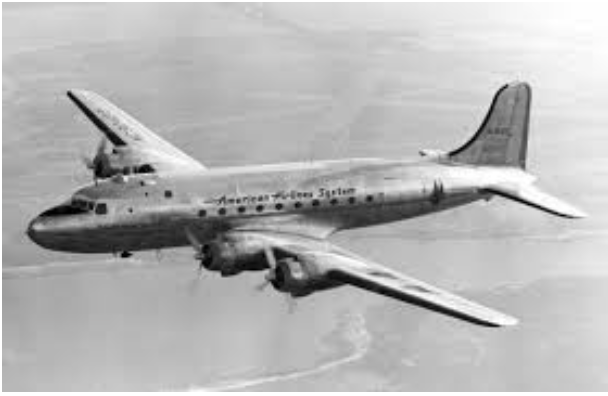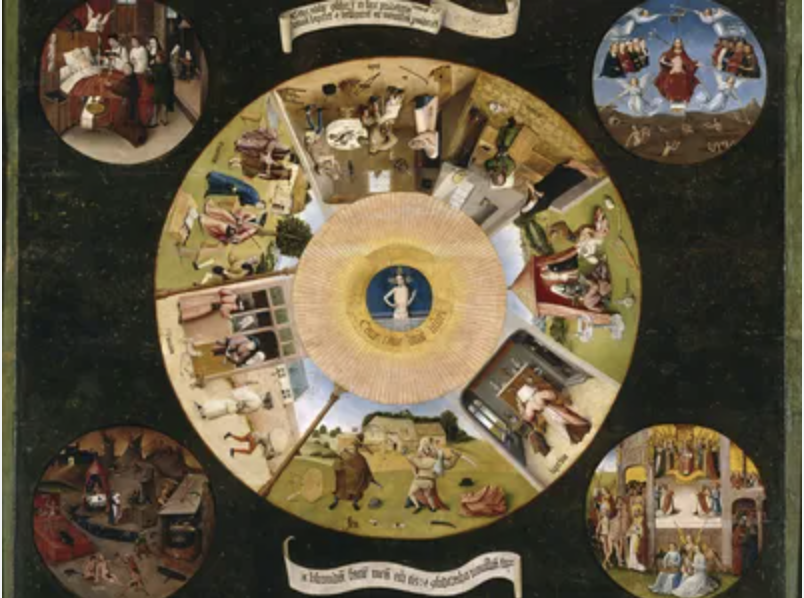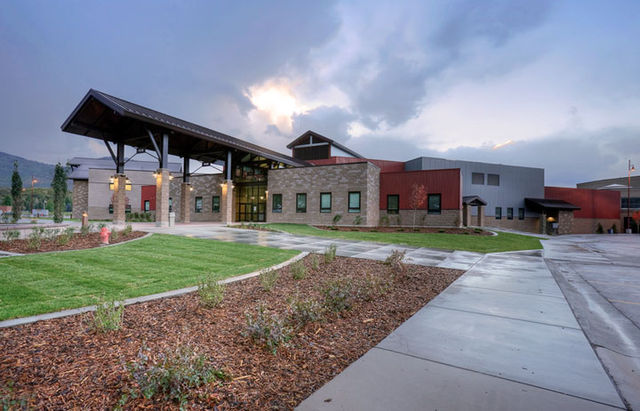Italian
Italian has a long and complicated history, having gone through many different iterations before finally becoming the language it is today. Italian uses a writing system very similar to the one used in English; however, the spelling can diverge at some points. Lastly, Italian is still used today and has a thriving culture.
General History
Italian is a part of the Indo-European language family, the Italic language group, the Latin branch, and is a Romance language. This means that Italian is closely related to languages like
Spanish and Portuguese. Italian is relatively, closely related to languages like French and Romanian. Italian also tends to have close ties with other Indo-European languages close to it like English. Currently, Italian is the official language of Italy, San Marino, Switzerland, and the Vatican City. It also has official status in Slovene Istria (Slovenia), Istria County (Croatia), and Corsica (France). Italian is recognized as a minority language in Bosnia and Herzegovina, Brazil, Croatia, Romania, Slovenia, and Eritrea. There are three major eras of Italian. The first is Early Italian which was created from Vulgar Latin spoken in the Roman Empire. Renaissance Italian was when Italian started to fully develop and was used by the whole country in official contexts. Before, this time regional languages were mainly used. The last iteration is Modern Italian. This is the language used today. It was standardized with the help of Alessandro Manzoni’s I promessi sposi (The Betrothed). Today there is a council, Accademia della Crusca, that helps to regulate the growing language to this day.
The Phonology (Sounds) of Italian
Terms
Italian has 23 consonant sounds, 22 of which are shared with English. Every sound has three criteria: voiceless or voiced, placement, and manner. Voiceless refers to when one makes a sound without using the vocal cords. For example, “s,” as in snake. Voiced refers to when one makes a sound with the use of the vocal cords. For example, “z,” as in zoo. Placement is where in the mouth and throat the sound is being made. This can range from the lips to the larynx. In Modern Hebrew, there are eight placements. Finally, manner is how a sound is made. For example, the sound /p/ is called a voiceless bilabial plosive. In layman’s terms, it is a sound made without vocal cords, using only the lips, and a burst of air. However, Irish adds an added layer of complexity by using broad and slender consonants. Broad means the sound is velarised meaning “the back of the tongue is pulled back towards the soft palate”. Slender means the sound is palatalized meaning “the middle of the tongue is pushed up towards the hard palate”.
Plosives
Plosives are sounds made when one stops airflow and then releases it in a burst of air. In Irish there are eight plosives. First are the voiceless and voiced bilabial plosives /p/ and /b/ which are just like they look. /p/ as in pack or papà, and /b/ as in aback or bile. Next are the voiceless and voiced alveolar plosives /t/ and /d/ which again sound just like they look. /t/ as in tick or tale, and /d/ as in-dash or dare. Lastly, there are the voiceless and voiced velar plosives /k/ and /g/ which sound how they look /k/ as in kiss or casa and /g/ as in good or gare.
Fricatives
Fricatives are defined by closing the mouth to the point where only a small airstream can be pushed out, creating friction and therefore a sound. The first two sounds are the voiceless and voiced labiodental fricatives /f/ and /v/. These are pronounced just like in English. /f/ can be seen in the words fill or fantasma, and /v/ can be seen in words like vote or avare. The next sound is the voiceless alveolar fricative /s/. Ding! Ding! You are correct that it is also in English. /s/ can be seen in words like sit or sali. Lastly, there the the voiceless and voiced postalveolar fricative /ʃ/. This is the “sh” and sound in English. /ʃ/ can be seen in sheep or fasce.
Affricates
The next sounds are affricates, meaning one must make a plosive sound immediately followed by a fricative. The first two are the voiceless and voiced alveolar affricates /ts/ and /dz/. /ts/ as in pits or grazie, and /dz/ as in day (in a British accent) or zero. The last two are the voiceless and voiced postalveolar affricates /tʃ/ and /dʒ/. These make the “ch” and “j” sound like in beach or ciao, and jeans or gemma
Nasals
Next are the nasal sounds, which are defined as the air stream passing through the nose to make the sound. The nasal sounds are the voiced bilabial nasal sound /m/ and the voiced alveolar nasal sound /n/. Both sound like how they look in English. /m/ can be seen in words like him or mamma. /n/ can be found in words like nice or cantare. There is also the voiced palatal nasal /ɲ/ makes ‘ñ’ sound like español or bango in Spanish.
Approximants
The next group is the approximants. This is more of a catch-all term for anything that does not nicely fit into the other categories. The first sound is the palatal approximant /j/. This sound is not pronounced like the English “j’ but instead the English “y”. It is seen in words like you or ione. The other sound is the voiced labial-velar approximant /w/. /w/ sounds like the ‘w’ in weep or uomo.
Trills and Laterals
A tap is a sound created from rapidly touching the tongue to the roof of the mouth. A trill is a tap repeated multiple times. A lateral is a sound created by splitting the mouth with the tongue and blowing air around it. The voiced alveolar /r/ makes the ‘rr’ sound like in perro or terra. The voiced alveolar lateral approximant /l/ makes the ‘l’ sound like in let or letto. Finally, the voiced palatal lateral approximant /ʎ/ makes “y” like in million or figlio.
Interactive Pulmonic Consonant IPA Chart
Vowels
We have gotten to the point where we need to answer the question: what about vowels? Italian works on a seven-vowel system: /i/, /u/, /e/, /ɛ/, /o/, /ɔ/, and /a/ all of which are in English. Italian also has thirteen diphthongs /ia/, /ie/, /io/, /ju/, /wa/, /we/, /wo/, /wi/, /ai̯/, /au̯/, /ei̯/, /eu̯/, and /ɔi̯/.
| IPA | English | Italian |
| /i// | steep | Italia |
| /u/ | stoop | uno |
| /e/ | may | menta |
| /ɛ/ | bet | testa |
| /o/ | go | sopra |
| /ɔ/ | hot | cosa |
| /a/ | father | amare |
| /ia/ | yard | piano |
| /ie/ | yeah | cielo |
| /io/ | yo–yo | chiodo |
| /ju/ | you | piume |
| /wa/ | water | guardo |
| /we/ | question | quello |
| /wo/ | woah | cuoca |
| /wi/ | gooey | lui |
| /ai̯/ | eye | mai |
| /au̯/ | ow | pausa |
| /ei̯/ | hay | sei |
| /eu̯/ | ehoo | Europa |
| /ɔi̯/ | ahoy | poi |
The Orthography (Writing) of Italian
Alphabet – Alfabeto
| Letter | Name | Sound |
| Aa | A | /a/ |
| Bb | Bi | /b/ |
| Cc | Ci | /k/ or /tʃ/ (before e and i) |
| Dd | Di | /d/ |
| Ee | E | /ɛ/ or /e/ |
| Ff | Effe | /f/ |
| Gg | Gi | /g/ or /dʒ/ (before e and i) |
| Hh | Acca | Silent |
| Ii | I | /i/ |
| Ll | Elle | /l/ |
| Mm | Emme | /m/ |
| Nn | Enne | /n/ |
| Oo | O | /ɔ/ or /o/ |
| Pp | Pi | /p/ |
| Cu | /k/ | |
| Rr | Erre | /r/ |
| Ss | Esse | /s/ or /z/ |
| Tt | Ti | /t/ |
| Uu | U | /u/ |
| Vv | Vi | /v/ |
| Zz | Zeta | /ts/ or /dz/ |
Consonant Digraphs
| Digraph | Sound |
| gn | /ɲ/ |
| gli | /ʎ/ |
Vowel Digraphs
| Digraph | Sound |
| ia | /ia/ |
| ie | /ie/ |
| io | /io/ |
| iu | /ju/ |
| ua | /wa/ |
| ue | /we/ |
| uo | /wo/ |
| ui | /wi/ |
| ai | /ai̯/ |
| au | /au̯/ |
| ei | /ei̯/ |
| eu | /eu̯/ |
| oi | /ɔi̯/ |
Useful Phrases
- What’s up – Come va?
- Hello/Good-bye – Ciao/Addio
- I’m Sorry – Mi dispiace
- My name is _____ – Il mio nome è ____
- How much is this? – Quanto costa?
- I don’t speak Italian – Non parlo italiano
- Do you speak English? – Lei parla inglese?
- What time is it? –Che oro sono?
- Yes – Sì
- No – No
- Good morning– Buongiorno
- Good evening – Buonasera
- One – Uno
- Two – Due
- Three – Tre
- Four – Quattro
- Five – Cinque
- Six – Sei
- Seven – Sette
- Eight – Otto
- Nine – Nove
- Ten – Dieci
